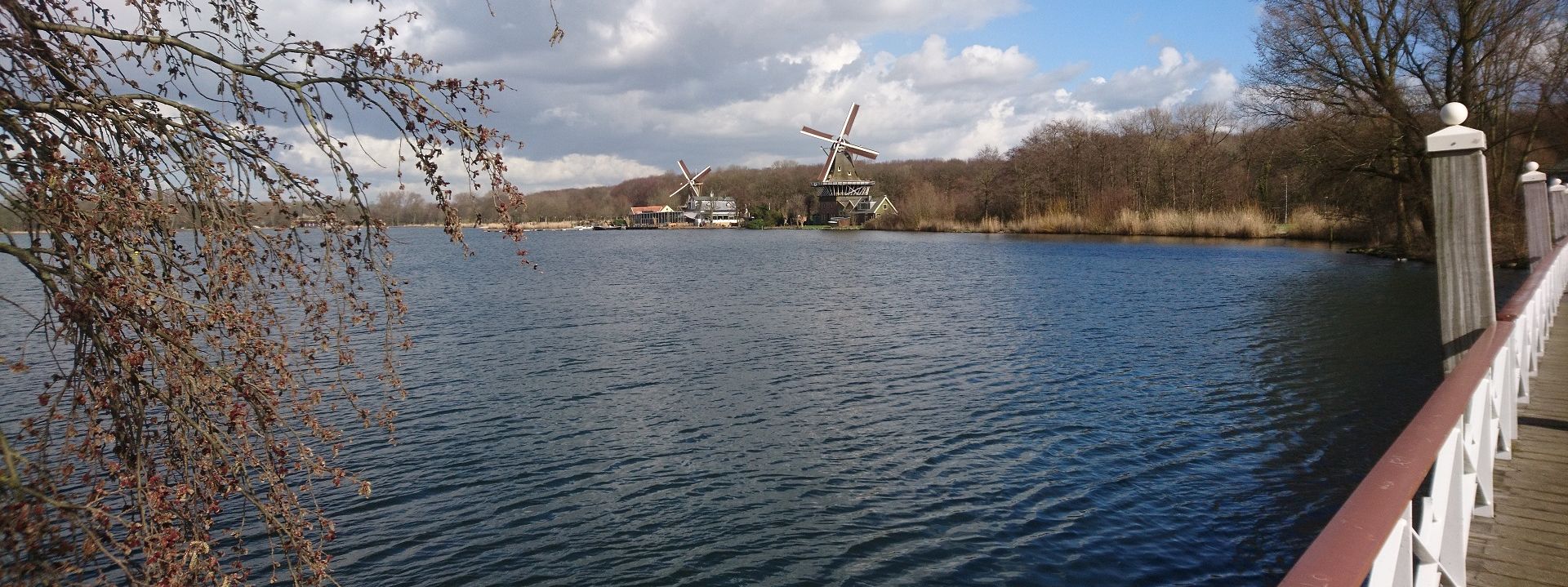In the past a lot of mills were located in and around the city of Rotterdam. By 1900, from De Ster more than 150 windmills have been visable. To the northwest more than 70 large mills worked as drainage mills for the polders along the river Rotte and in the direction of the centre of the city there were large corn mills visable. Furthermore, close to the lake of Kralingen also some mills were located. Only a few of all these mills remained.
Hioolen
De Ster and De Lelie have been owned for more than a century by the family Hioolen. In 1803 Isaac Hioolen buys a snuff windmill with house and warehouse on the Korte Kade. Afterwards, four successive generations of Hioolens were owners of the mills. In 1838 Isaac Hioolen dies and he leaves his sons, Alexander and William, the new built corn mill De Nieuwe Star and snuff windmill De Lelie. In 1845 the Hioolen brothers build corn and snuff windmill De Ceres and in 1859 they also buy a fourth windmill, the snuff windmill De Stier in Rijswijk.

In 1885 the company is owned by Isaac Alexander Hioolen, the son of Willem Hioolen. According to Willem Hioolen's testament the total value of his possessions is 76.000 guilders, a huge amount for that time. In 1911, Isaac Alexander Hioolen's son, also a Willem Hioolen joins the company. In 1916 the mills are expropriated by the city of Rotterdam. After that the Hioolen family leaves to Wageningen.

De Ceres
The Hioolen brothers build windwill De Ceres in 1845 as corn and snuff tobacco mill. After De Ster was rebuild in 1866 as a snuff mill, De Ceres was only used as a corn mill. The Ceres burned down in 1871 during a thunderstorm. On the stone foundation of the mill three additional floors were build and equiped as a flour mill, driven by a steam-engine. Around 1900, the production of flour ceased because of strong competition from cheap U.S. import flour. The building remained until it was destroyed by fire in 1920.
De Ster
The first report of De Ster is a a testament from 1830. At that time the mill is used as a corn mill and is called De Nieuwe Star, after that called De Ster. In 1865 De Ster is struck by lightning and burned down. With parts of snuff mill De Stier from Rijswijk, De Ster was rebuild and equipped as a snuff and spices mill. The mill remained in service until it burned down again in 1962. The mill was reconstructed and from that time used as working museum.

De Lelie
De Lelie is older than De Ster, the exact year of build is unkown, the first report is from 1777. Tradition learned that the mill was originally build close to the 'Laantje van Nooitgedacht' about 1 kilometer from the current location. Then, the mill was a part of cotton laundry Non Plus Ultra and was used for cleaning of cotton. The mill was called De Ezel at that time.
